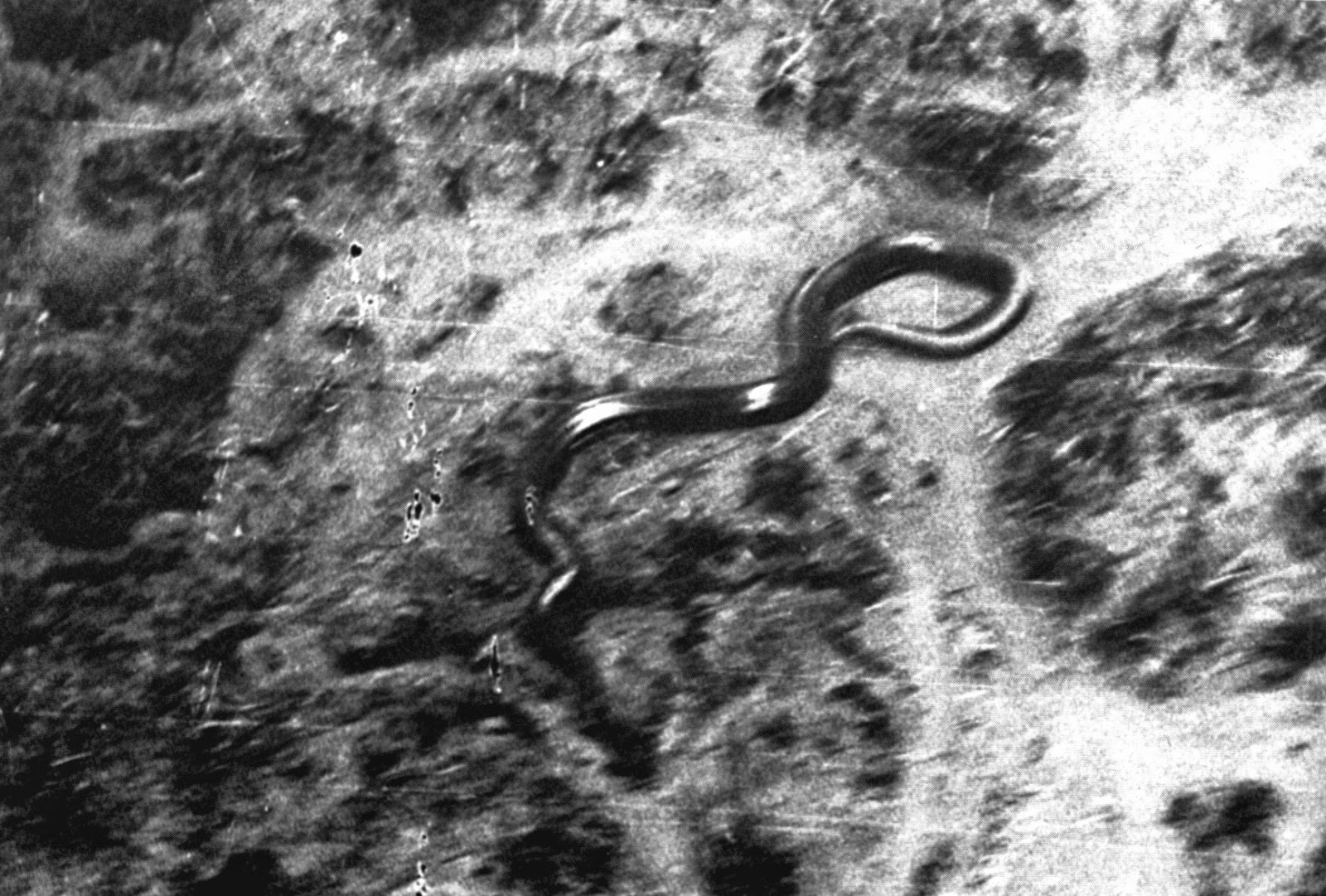The search for the massive snake in the Congo has captivated the imagination of adventurers and researchers alike. This enigmatic creature, often depicted in folklore and sensationalized in stories, raises questions about its existence and the ecological implications surrounding it. The Democratic Republic of the Congo (DRC), with its vast rainforests and diverse wildlife, serves as the perfect backdrop for tales of giant serpents that have roamed the earth for centuries.
In this article, we will delve into the fascinating world of the massive snake in the Congo, exploring its potential existence, cultural significance, and the scientific efforts to understand these creatures. We will also examine the ecological role they play in their habitat and the conservation challenges they face today.
Join us as we navigate through the myths and realities of one of nature's most intriguing spectacles, shedding light on a topic that intertwines wildlife conservation, local folklore, and the quest for knowledge in one of the world's most biodiverse regions.
Table of Contents
- Biography of the Massive Snake
- Cultural Significance of Snakes in Congo
- Scientific Studies on Giant Snakes
- Habitat and Distribution
- Ecological Role of Snakes
- Conservation Challenges
- Myths and Realities
- Conclusion
Biography of the Massive Snake
The massive snake rumored to inhabit the Congo is often associated with legends of enormous pythons or anacondas, described in various accounts as being capable of reaching lengths over 30 feet. While the existence of such giant snakes remains a subject of debate among herpetologists, they are often attributed to the reticulated python (Malayopython reticulatus) or the green anaconda (Eunectes murinus).
| Species Name | Common Name | Max Length | Habitat |
|---|---|---|---|
| Malayopython reticulatus | Reticulated Python | Up to 30 feet | Tropical forests, grasslands |
| Eunectes murinus | Green Anaconda | Up to 29 feet | Swamps, marshes, slow-moving streams |
Cultural Significance of Snakes in Congo
Snakes hold a prominent place in the cultural narratives of various African communities, including those in the Congo. They are often seen as symbols of power, transformation, and sometimes danger. Local folklore frequently features stories of massive snakes guarding treasures or serving as protectors of the forest.
- Snakes as Symbols: In many African cultures, snakes are revered as symbols of fertility and rebirth.
- Legends and Myths: Tales of giant snakes often serve as cautionary tales warning against disrespecting nature.
- Traditional Medicine: Some communities believe in the healing properties of snake parts, leading to a complex relationship with these creatures.
Scientific Studies on Giant Snakes
Despite the sensational stories, scientific research on giant snakes in the Congo has been limited. However, studies have been conducted to understand the behavior, diet, and habitat of known large snakes. Researchers often use a combination of field studies and telemetry to track movements and gather data on their ecological impact.
Field Research Methods
Field researchers employ various methods to study snakes, including:
- Camera traps to monitor snake activity.
- Radio telemetry to track movement patterns.
- Environmental DNA sampling to detect snake presence in habitats.
Findings and Observations
Studies have shown that large snakes play a crucial role in controlling rodent populations, thereby maintaining the ecological balance. Their presence is vital for the health of the ecosystems they inhabit.
Habitat and Distribution
The massive snake in the Congo typically inhabits dense rainforests, swamps, and riverbanks. The Democratic Republic of the Congo, being one of the largest rainforests in the world, offers a rich habitat for these reptiles.
- Rainforests: Provide ample cover and prey.
- Swamps: Serve as breeding grounds and hunting areas.
- Riverbanks: Offer access to water sources and diverse ecosystems.
Ecological Role of Snakes
Giant snakes play a vital role in their ecosystems, primarily as predators. By preying on various species, they help maintain the population balance of their prey, which includes rodents, birds, and sometimes even small mammals. This predatory behavior is essential for the health of the ecosystem.
Conservation Challenges
Despite their ecological importance, massive snakes face numerous challenges, including habitat loss due to deforestation, hunting, and climate change. Conservation efforts are crucial to protect these magnificent creatures and their habitats.
- Habitat Loss: Deforestation for agriculture and logging threatens snake habitats.
- Illegal Hunting: The demand for snake skin and traditional medicine has led to increased hunting.
- Climate Change: Altered weather patterns affect the availability of prey and suitable habitats.
Myths and Realities
The tales of massive snakes in the Congo often blur the lines between myth and reality. While many stories may be exaggerated, they highlight the importance of respecting nature and the creatures that inhabit it. Understanding the realities of giant snakes can help dispel myths and promote conservation efforts.
Conclusion
In conclusion, the massive snake in the Congo represents a captivating blend of myth and reality, serving as a reminder of the rich biodiversity found in this unique region. Understanding the ecological role of these snakes and the challenges they face is crucial for their conservation. We encourage readers to engage with wildlife conservation efforts, share knowledge, and advocate for the preservation of these magnificent creatures.
We invite you to leave your thoughts in the comments below, share this article with fellow enthusiasts, or explore more about the fascinating wildlife of the Congo on our site.
Thank you for joining us on this journey through the mysteries of the massive snake in the Congo. We hope to see you again soon!
Ultimate Guide To Fake Braids Hairstyles: Trends, Tips, And Styles
90 Day The Other Way Season 5 Cast: Meet The Stars Of This Exciting Reality Show
Is Toni Yates Still Married? A Deep Dive Into Her Personal Life
![1959, August The Congo Snake Photo [Patrons Only] Anomalies the](https://i2.wp.com/anomalyinfo.com/sites/default/files/images/1959-giant-congo-snake.jpg)

